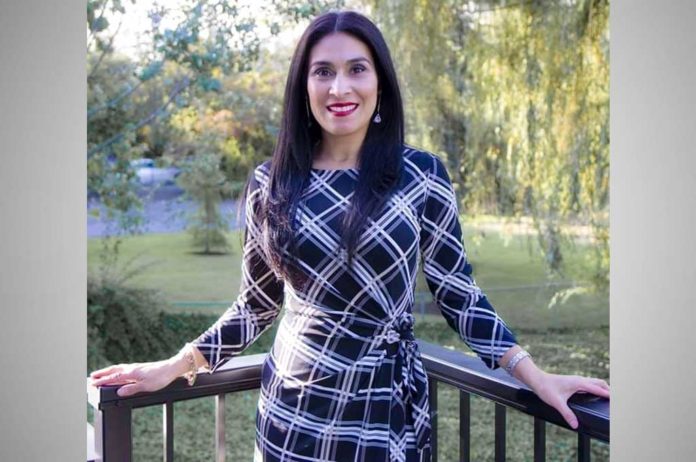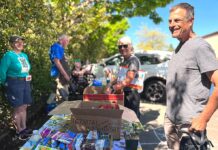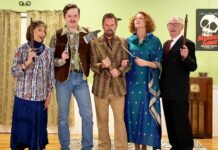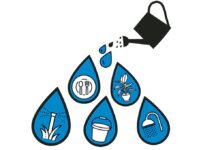In this past November election, María Reyes became the first Latina Council Member to ever serve on the City’s Council. I know most of us have probably already read her statement during election season, but there is so much more to her story. I am hoping to introduce María’s background because she brings a very new perspective to the Council. Additionally, I think you’ll enjoy hearing her story; she has truly overcome severe obstacles to become a City Councilor.
María’s Father Murdered in Rural Honduras
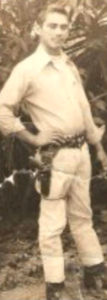
María’s father, Victor Reyes, was an agriculturist in rural Honduras, in a town called Catacamas. Their small property had a few horses, cows, corn fields, tobacco and coffee plants, and an adobe house. María and her two sisters each had a horse named for them; María’s horse was named “Hueso,” which translates to “bone.” Maria was such a skinny and boney girl, her dad thought it would go well with the horse that belonged to her. They were a typical agrarian family in a country with just 3.5 million people in 1980.
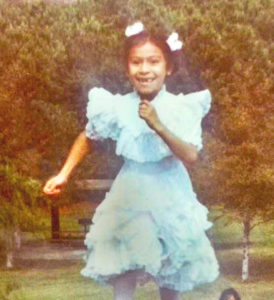
María, however, was born in an unfortunate time. During the late 1970s, government dictatorships and income inequality would spawn serious civil wars in Central America. The people in small towns were in constant disagreements of which side one should be on. Victor, María’s father, was kidnapped during a dispute in early December of 1981. For 10 days, her uncles searched for him, but to no avail. Until the local coroner asked them to identify a body found in a nearby ditch. The body was confirmed to be Victor. He had been tortured and murdered. María, at age five, was without a father.
María in Los Angeles, CA
After María’s father passed, her mother made quick arrangements to leave Honduras. In early 1982, María’s Mother and her three daughters traveled through Guatemala and Mexico by bus to arrive in Los Angeles, California. María grew up and spent most of her life in the Pico-Union and MacArthur Park areas of Downtown LA, which was a popular destination for Central American immigrants.
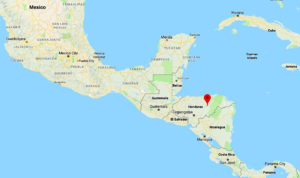
Civil wars in Central America created awful conditions for families. Government and guerilla forces recruited children as young as 12 to fight, so many families would send their boys “North” (United States) to stay with a relative. Or, if possible, the whole family would move.
Although L.A. has a strong Latino history, the Central American community was very small, before the 1980s. Most of the Latino population were Mexicans or Chicanos (Mexican-Americans). This difference in heritage created strong tensions between the incoming population and the Mexican-American residents. In fact, many of the Central Americans were victims of robbery and assault during that decade because they were seemingly easy and vulnerable targets. The by-product of this violence created gangs like MS-13. Immigrant youth joined established gangs, like 18th Street. With the new young immigrants, gangs became stronger in the streets of LA. The advent of this violent culture would have a significant impact on María’s teenage life. An impact that could have ended everything.
María is Shot Three Times
At age 17, María was a softball player for Belmont High School and working weekends at a clothing store to help support the household. Her mother worked two jobs to sustain a small, run-down apartment on 3rd & Union, a neighborhood in Downtown Los Angeles.
Although, it was quite common for Maria’s peers to be apart of some type of gang, María was not in a gang, but she was dating a boy who was.
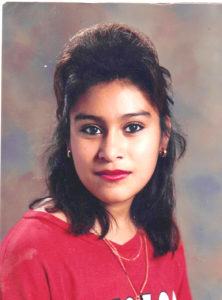
During one late night, María’s then-boyfriend pulled his car up to a street corner, where he knew the local drug dealer. María sat in the passenger seat as he exited the car to approach the dealer. In a sudden flurry of action, María’s boyfriend raced back to the car. A boy, about 14 years old, chased her boyfriend with a 9mm pistol. He opened fire on the car, shooting through the passenger window, in an attempt to hit the driver. María, unfortunately, was the only thing between the gun and the driver. She was hit three times. One bullet shattered her right arm. Two other bullets entered her abdomen, causing her to swell from internal bleeding.
The shooter happened to be a rival gang member. He knew nothing personal about either victim, but it was a simple turf war. María was comatose for 38 days. She endured nine surgeries, a major skin graft, and 12 months of wheelchair recovery. Her arm was saved with a metal rod and artery replacement from her leg. In the end, she has permanent loss of some organs, but she is alive.
María Goes to College and Beyond
After her recovery, María took education seriously and finished her high school diploma on time. She then took a volunteer job at 18 years old with The Salvation Army as a donor data processor, and was eventually hired in that same role. During the next 20 years, María completed her bachelor’s degree and was promoted to Development Director in both Washington D.C. and Salem, OR.
In 2013, University of Phoenix featured her in their national ad campaign “Hall of Success,” and in 2019 she will have started her new role as Chief Development Officer at Easter Seals Oregon, as well as her role as our City Councilor.
I have been so happy to share with you a great story like María’s. I am also thankful to have María volunteer her time and experience to the Council. Tualatin is a great city, and I know María’s virtues will help the city continue to prosper.

